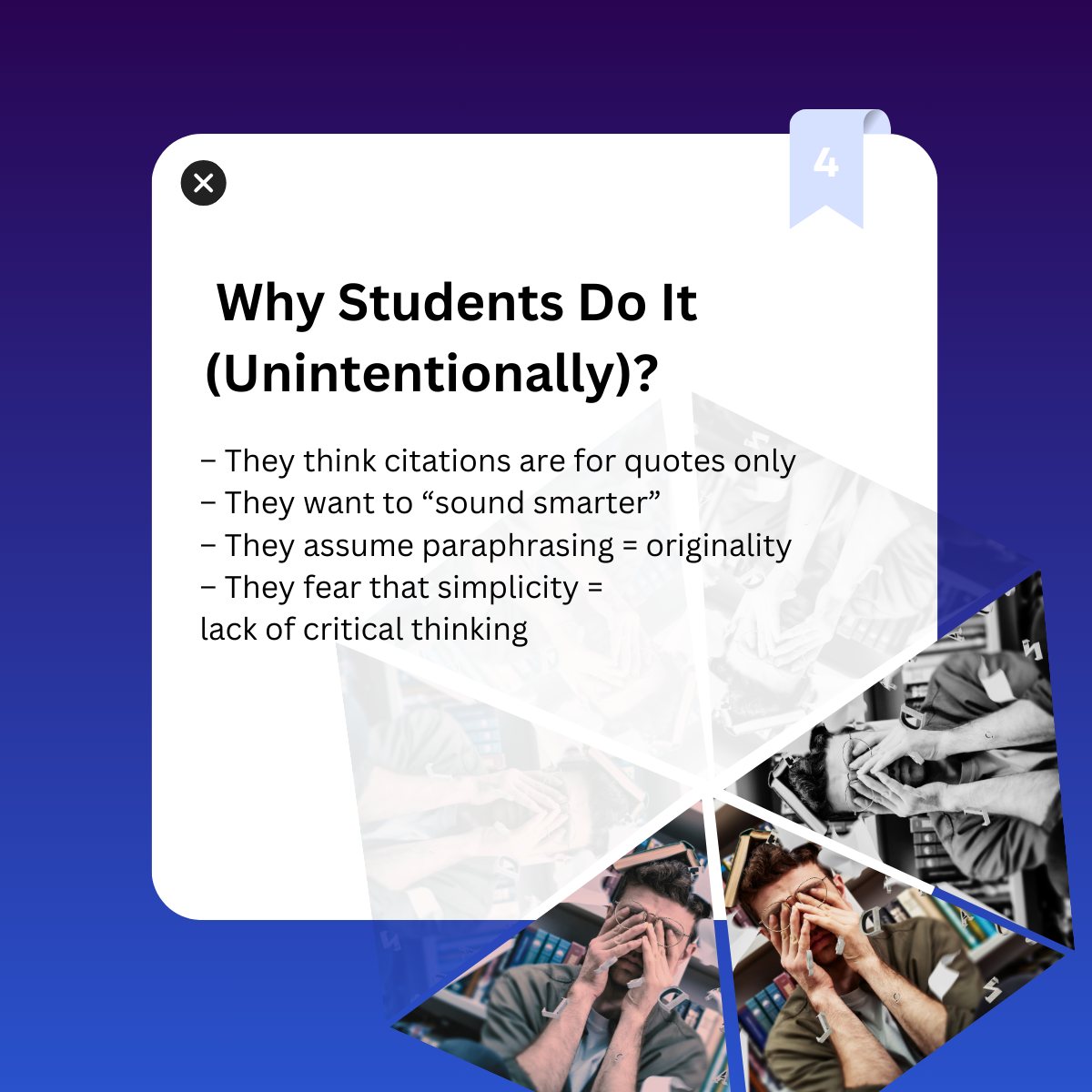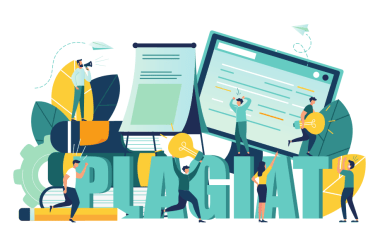Canvas is a popular learning management system (LMS) that allows universities and colleges to organize online studying. Teachers place the course materials on the platform, design the quizzes, check the assignments, track progress, and grade students’ work. The learners, in their turn, get access to information, complete the tasks, take tests, and receive feedback within the Canvas platform.
The system leaves space for freedom and self-paced learning. At the same time, online studying may increase the risk of cheating, limiting the opportunity for the teacher to keep a watchful eye on the students during exams. Canvas takes the problem into account, providing several features that prevent and detect different forms of academic dishonesty. Moreover, the platform allows the integration of additional tools, including a plagiarism scanner, to protect academic integrity and make the learning process transparent and effective.
How Canvas Detects Cheating
The system pays special attention to preventing students from cheating during the tests. It gives the teachers access to the tools that they can use to monitor students’ behavior and performance. Here are other measures implemented by Canvas.
- Students need a code of access to enter the system so that they can take exams only in a Canvas-controlled environment. ID verification ensures the student takes the test personally and prevents ghostwriting.
- The test questions are shaffled, appearing in random order for each student, making it harder to copy the answers from the peers.
- The limited time minimizes the options of looking for help or consulting with someone.
- The various types of monitoring software watch both the students’ behavior through the camera and their activity on the screen. Through the Quiz Log function, the system will detect when the person taking the online test opens a new tab or browser, recording and reporting any suspicious action. Canvas can also avert cheating by locking the browser during the exam. For a broader look at how AI technologies like Copilot and ChatGPT differ in capabilities including their potential roles in education and academic integrity – G2 has a comprehensive guide on Copilot vs ChatGPT.
- Canvas tracks the time spent by the student on each question. Teachers can analyze keystrokes and mouse clicks if the test results seem suspicious.
- Plagiarism detector and answers comparing software recognize copying from other sources or groupmates.
How Canvas Checks for Plagiarism
The Canvas platform provides integration with different tools, including plagiarism checkers. It means that the teacher can scan the text right on Canvas and get the report unveiling the similarities found between the assignment and other resources.
The features may differ depending on the checker. For instance, PlagiarismCheck.org enables teachers to detect plagiarism in Discussions and Quizzes with Integrito browser extension. What exactly can teachers see in the originality check report?
- PlagiarismCheck.org and analogic tools detect similarities between the assignment on Canvas and their databases, highlighting the matches. The teacher can follow the links to the sources and compare the texts.
- Integrito by PlagiarismCheck.org enables the teacher to detect potentially AI-generated content: the sophisticated AI writing checker traces machine-like writing patterns and warns the professor about potential cheating.
- Till recently, teachers did not have proper tools for checking Discussions and Quizzes for plagiarism. However, the Integrito browser extension has covered this blind spot.
- Students want to implement originality checking before submitting their assignments to eliminate potential plagiarism and ensure good grades.
One of the best ways to prevent academic cheating is to address the root of the issue and educate the students on originality importance. Here are the most common reasons why students violate academic honesty rules.

PlagiarismCheck.org AI essay checker is designed to make the educational environment motivating and convenient. Check our solutions for Canvas and other platforms – they will help the students, too!






